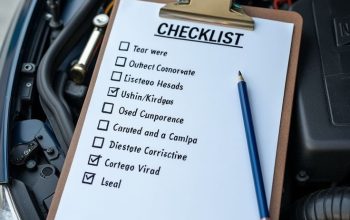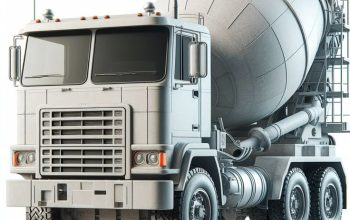Bicycle Maintenance: A Complete Guide
Bicycles are an excellent means of transportation, exercise, and recreation. However, to keep your bike in top condition, regular maintenance is essential. Proper bicycle maintenance ensures safety, enhances performance, and prolongs the life of your bike. Whether you’re a casual rider or an avid cyclist, this guide will help you understand how to maintain your bicycle effectively.
1. Cleaning Your Bicycle
One of the simplest yet most effective maintenance tasks is keeping your bike clean. Dirt, mud, and grime can accumulate on the frame, chain, and other components, leading to wear and tear. Follow these steps to clean your bike properly:
- Use a bucket of warm, soapy water and a sponge to scrub the frame.
- A soft-bristle brush helps clean hard-to-reach areas like gears and brakes.
- Avoid high-pressure water jets, as they can force water into bearings and cause damage.
- Apply lubricant to the chain after cleaning to prevent rust and keep it running smoothly.
2. Checking and Lubricating the Chain
The chain is one of the most critical components of a bicycle. A dry or dirty chain can lead to inefficient pedaling and increased wear on other drivetrain components. To maintain your chain:
- Wipe off excess dirt and grime using a rag.
- Apply a suitable bicycle chain lubricant sparingly.
- Avoid using too much lubricant, as this can attract dirt and cause clogging.
3. Inspecting and Adjusting Brakes
Brakes are essential for safety, so regular inspection and maintenance are crucial. To check your brakes:
- Inspect brake pads for wear; replace them if they are too thin.
- Ensure the brake cables are free from fraying or corrosion.
- Adjust the tension of brake cables if the brakes feel loose or unresponsive.
- For disc brakes, check the rotor for warping and clean it with isopropyl alcohol.
4. Maintaining Tires and Wheels
Properly maintained tires and wheels enhance ride quality and safety. Regularly check the following:
- Tire pressure: Inflate tires to the recommended pressure (usually marked on the tire sidewall).
- Tire condition: Look for cracks, punctures, or excessive wear. Replace if necessary.
- Wheel alignment: Spin the wheels and observe if they wobble. If they do, the wheel may need truing by a professional.
- Spokes: Ensure spokes are evenly tensioned and not broken.
5. Checking Gears and Drivetrain
A smooth-shifting drivetrain ensures efficient pedaling. Keep your gears in top condition by:
- Inspecting the derailleur for proper alignment.
- Cleaning and lubricating the chain, cassette, and chainrings.
- Adjusting the derailleur limit screws and cable tension for precise shifting.
- Replacing worn-out gear cables if shifting becomes sluggish.
6. Inspecting and Tightening Bolts
Loose bolts can lead to mechanical failure while riding. Periodically check and tighten:
- Handlebar and stem bolts.
- Seat post clamp bolt.
- Crankset bolts.
- Pedals (ensure they are properly secured and not cross-threaded).
- Any other fasteners that may loosen over time.
7. Suspension Maintenance (If Applicable)
If your bike has suspension, it requires periodic maintenance to perform optimally. Key steps include:
- Cleaning suspension forks and rear shocks regularly.
- Checking for oil leaks.
- Adjusting air pressure or coil tension according to your riding preference.
- Servicing seals and internals as recommended by the manufacturer.
8. Storing Your Bicycle Properly
Proper storage prolongs the life of your bicycle. Follow these tips:
- Store indoors or under a protective cover to prevent rust.
- Keep it upright or hang it to avoid undue pressure on the tires.
- If storing for an extended period, lubricate the chain and other moving parts beforehand.
- Avoid leaving your bike in direct sunlight for long periods, as UV rays can damage the paint and rubber components.
9. Regular Inspections and Professional Servicing
Even with regular maintenance, it’s good to have a professional tune-up at least once a year. A bike shop can:
- Perform a thorough inspection.
- True wheels and adjust bearings.
- Replace worn-out parts as needed.
- Ensure all components function at their best.
Conclusion
Bicycle maintenance is not just about keeping your bike looking good—it’s about ensuring safety, performance, and longevity. With regular cleaning, lubrication, and inspections, you can keep your bike in top condition and enjoy a smooth, safe ride. Whether you ride for commuting, fitness, or adventure, proper bicycle maintenance will make your experience more enjoyable and trouble-free. Happy cycling!




